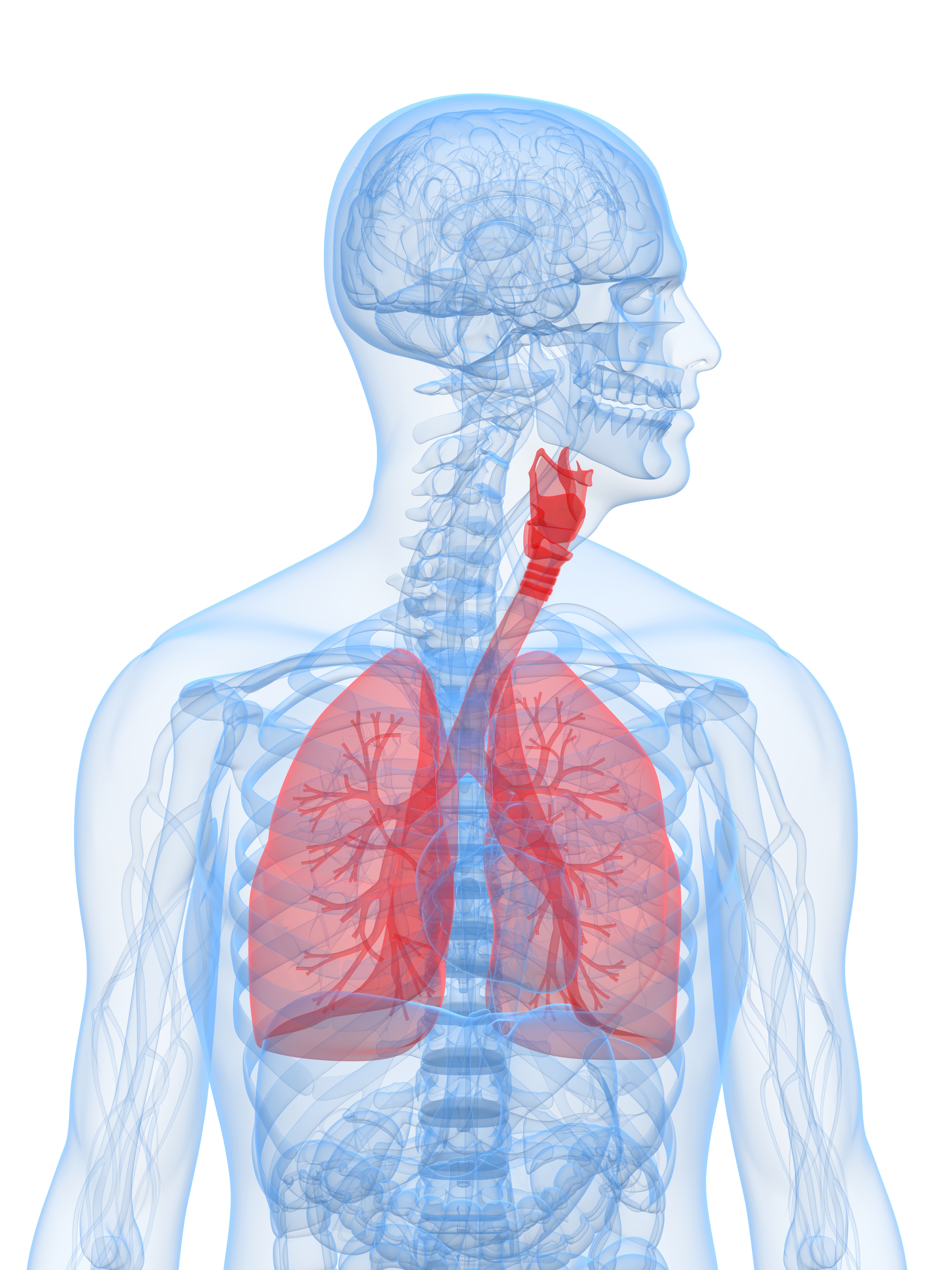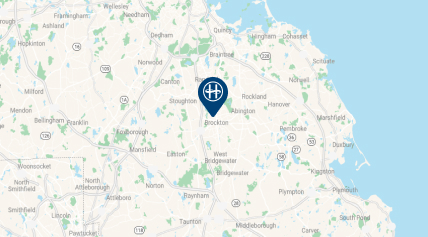Signature Healthcare offers a comprehensive Low Dose Lung Cancer Screening Program, the first and only cost-effective test proven to detect lung cancer at an early stage, which can result in a better chance of survival for patients. The Lung Screening Program offers seamless communication back to primary care physicians, along with a detailed plan for future follow-up and/or intervention. At this time the program is for cigarette smokers only. Studies are being performed to evaluate the risks associated with cigar, pipe and vaping to potentially add these to the criteria.
See if you meet the criteria
For more information, visit:
https://www.savedbythescan.org
https://www.radiologyinfo.org/en/info/screening-lung
What is a CT Lung Screening?
In lung cancer screening, individuals who have a high risk of developing lung cancer but no signs or symptoms of the disease undergo low-dose computed tomography (LDCT) scanning of the chest.
LDCT combines special x-ray equipment with sophisticated computers to produce multiple, cross-sectional images or pictures of the inside of the body. LDCT produces images of sufficient quality to detect many abnormalities while using up to 90 percent less ionizing radiation than a conventional chest CT scan.
Who should be screened for lung cancer?
We suggest you talk with your doctor about screening if you have a high risk of getting lung cancer. You may be at high risk if you:
You cannot have this test if you have certain symptoms, like a new cough or shortness of breath at the time of screening. These symptoms are:
How Often Should I Be Screened?
For most people, a yearly scan is recommended until they are no longer eligible. Talk to your doctor about the results of your screening to determine what you need to do next.
Is Screening Covered by Insurance?
Screening is now covered by most insurance plans for patients 50-77 as long as you meet the criteria.
Are There Risks Involved with Screening?
All cancer screening tests have risks. LDCT scans often find spots in the lungs that are not cancers. If they look a certain way or are over a certain size, an additional scan or procedure may be needed to diagnose or rule out cancer. There is also a small amount of radiation used in the test. We want to make sure we have done a good job telling you about the risks, so let us know if you have any questions. Your doctor who ordered the exam may want to talk with you more about the risks. These include:
When Will I Get the Results?
You will get the results of your exam from your doctor and a letter will be sent in the mail within 2 weeks. Your results are also available on the MyHealth portal.
What Can I Expect from the Results?
About 1 out of 10 CT lung screening exams will find something in the lung that may need additional testing. Most of the time these findings are lung nodules. Lung nodules are very small groups of tissue in the lung. These nodules are very common, and are almost always not cancer (more than 97% of the time). Most nodules are normal lymph nodes or small areas of scarring from past infections.
Rarely, lung nodules are cancer (less than 3% of the time). If a small lung nodule is cancer, the cancer can almost always be cured (more than 90% of the time). This is why this screening exam is so important.
To find out if the nodule is cancer or not, we may need more imaging before your next yearly CT screening exam. If the nodule looks strange (for example, it’s large, an odd shape, or growing), we will have you go see a specialist for additional tests.
Children
For safety reasons, children are not allowed in the exam rooms. If you must bring your child, please bring someone to watch them in the waiting room.

